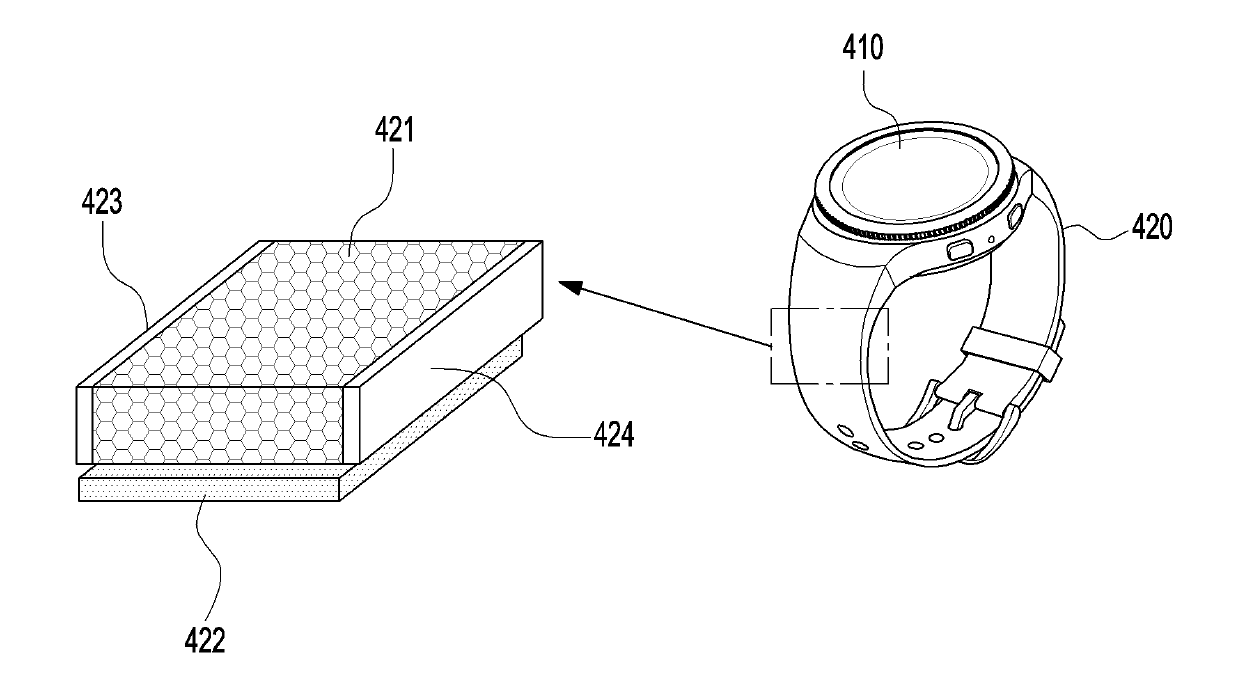Fun with Data – Upcoming AR/VR Data Download
While carrying an announced but unreleased model since 2021 might seem foolish, the Sony (SNE) Playstation VR2 headset was announced in October 2021 and will ship (hopefully) in late February, 730 days after its announcement, so while some announcements might fade into non-existence, we carry them until we know they are officially withdrawn. The AR space enters 2023 with 14 announced but unreleased models from 13 brands, with two announced this year, 10 remaining from 2022, and 2 left over from 2021.
One factor for AR/VR headsets that we monitor is whether the devices are stand-alone or tethered,, with standalone meaning they do not have to be attached (either by wire or wirelessly) to a separate device, such as a smartphone or PC. There are both positives and negative to each mode, with the tethered devices requiring less local (on headset) computing capacity and power, usually equating to a lighter headset, at the cost of being less mobile. Of the VR devices announced but unreleased this year 63.6% are standalone, while last year that spiked to 80.0%, with 2021 coming in at 64.7%,averaging 69.4% over the current and past two years. Given the computing and power intensive imaging necessary for VR headsets, we would expect standalone VR headset share to remain between 65% and 75% this year.
In theory AR headsets should be less computing and power intensive and should therefore show a higher rate of standalone vs. tethered devices, however that is not the case as the current and past two year standalone average for AR headsets is 56.5%, lower than that of power hungry VR devices. That said, the sequential change goes from 45.4% standalone in 2021 to 52.9% in 2022, and 71.4% this year, which establishes a significant trend toward standalone AR. While we expect some of that trend can be accounted for as we noted above, it is important for consumer AR glasses to be ‘good-looking’, which implies thin, light, and unobtrusive, which we expect has pushed AR headset designers to trade off extended battery life in lieu of a more normal looking device that allows the user full freedom of movement, leading us to expect the trend for AR headsets to be standalone to continue.
Headset price is an obvious factor that has considerable influence on both AR and VR headset sales, but the price range for VR and AR headsets can be so varied that the inclusion of a single high-priced headset can skew the average drastically. That said, with that understanding, the average price of VR headsets continues to decline, dropping from $3,083 in 2021 to $2,249 in 2022, and $1,374 for those expected to be released this year, although we note that there are a considerable number of potential price variables for some VR headsets, with prices ranging from $300 to $38,500. AR headsets are generally less expensive that VR headsets, with less display and optical hardware and a more simplistic frame,, but again there are big variations in prices, with a range between $99 and $3,300, including those we are able to price that are to be released this year. The average price for AR headsets has remained between $965 and $1,002 in 2021 and 2022, inclusive of a relatively small sample of those for release this year.
Even with a large number of variable for both AR and VR headsets there are few consistencies. Every VR headset for which we have chipset data, produced since 2019 has used a Qualcomm (QCOM) chipset, and while the models have changed over time from the Snapdragon 835/845 to the XR1 and currently the XR2, Qualcomm has established itself as the basis for VR processing. AR is a bit less narrow, with an occasional Intel (INTC) or AMD (AMD) chipset showing up, but again, Qualcomm is the de facto leader in the AR space.
Displays, especially in VR headsets continue to evolve, with all display types (LCD, OLED, Mini-LED, Micro-OLED, and QLED) all represented in this year’s potential devices, a change from the almost universal LCD displays used in VR in previous years. This year’s AR headset displays are also quite varied as to display types, but given the lesser display requirements of AR, AR displays, all display types have been common in those headsets for a number of years, including LCoS, which is not used in VR. All in, we track over 35 variables for AR and VR headsets in our database, and while it can be difficult to get data from some brands, there are many discernable trends that become visible. More to come…





















 RSS Feed
RSS Feed